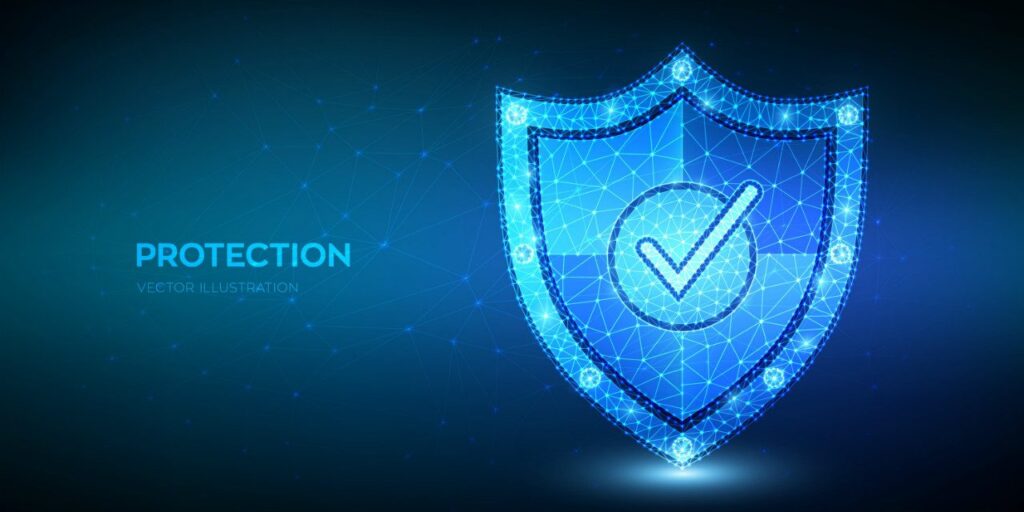
How Your Business Can Protect Itself from Frauds and Scams
Last updated on June 23rd, 2022 at 04:25 am
The digital world is one that is so easy to use, but it is also one that is so easy to exploit. Most people do not have an understanding of the processes that work behind the scenes that allow them to use those apps and other digital tools that they take for granted. This very same lack of understanding is what makes cybercriminals so successful.
Hackers and viruses are not the only things that your business needs to protect itself from when operating online. Fraudsters are also becoming increasingly sophisticated, with new issues like synthetic identity theft making it very difficult for unprepared businesses and organizations to tell fraudsters from genuine customers apart.
There are several methods that you can use in order to protect yourself, however, and those include:
1. A Fraud Risk Assessment
First, you will need an effective fraud risk assessment strategy. In this assessment, you will understand the fraud risk, your unique weaknesses, and how you can individually work to counteract fraudster attacks on your business. With fraudulent crimes increasing in recent years and a staggering 5% of gross revenue lost every year to businesses around the world to fraudsters, it’s imperative that your business has its own unique approach to assessing and counteracting the threat of fraud.
2. Use Machine Learning to Monitor Behavior
Banks use this method all the time in order to protect their customers from theft and fraud. It is all too easy to have a credit card stolen, but if that card is suddenly making purchases that are not common for the account user or is being used in another country, the machine learning program should be able to notice the change and put a hold on the account. Typically the bank will then call the customer to ask if those changes are correct. If they are not, they will keep the hold, cancel the card, and protect both themselves and their customers.
Using machine learning to monitor the behavior of users is a key step to finding and stopping fraud activity before it can take off.
3. Improve Identification and Authentication Methods
Biometrics, two-factor authentication, requiring government documents; there are many different identification methods that you can use to avoid fraud attacks and protect your customers better. The more advanced methods are, of course, more important for institutions like banks or even the healthcare system than they are for most businesses, but that doesn’t mean that you cannot learn from their efforts. If every account was tied to a very real person through several means of identification, and if secure login measures are used, you can avoid fraud from the start.
4. Create Standard Background Checks for Vendors and Employees
It isn’t just customers that you need to be worried for. Your customers are at risk if your business is at risk, so make a checklist to go through whenever you use a new vendor, service, or tool. These can easily become a weak spot or even a back door to your business, allowing hackers to steal very sensitive information that will then go on to attack your customers personally. Do not let this happen, and improve the security measures in your own business to protect your customers. Check for criminal records, past employment, and education. Make sure that your vendors and your employees are on the up-and-up, or you may find yourself closing up shop faster than you can imagine.
Read Dive is a leading technology blog focusing on different domains like Blockchain, AI, Chatbot, Fintech, Health Tech, Software Development and Testing. For guest blogging, please feel free to contact at readdive@gmail.com.
